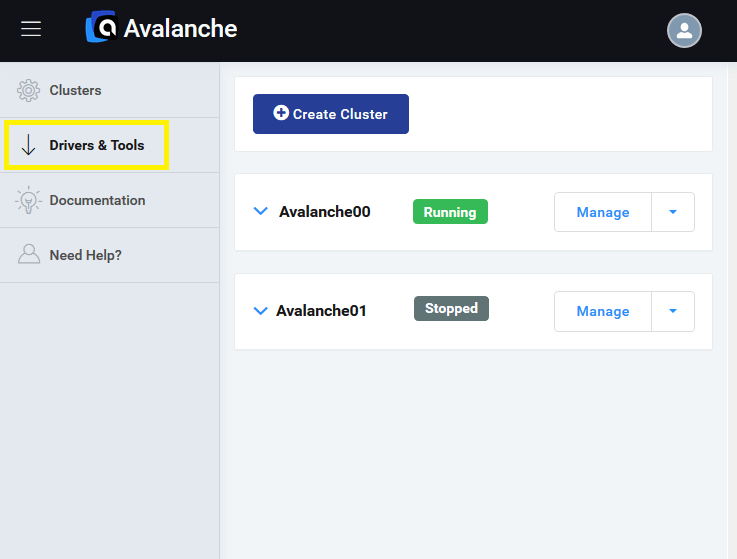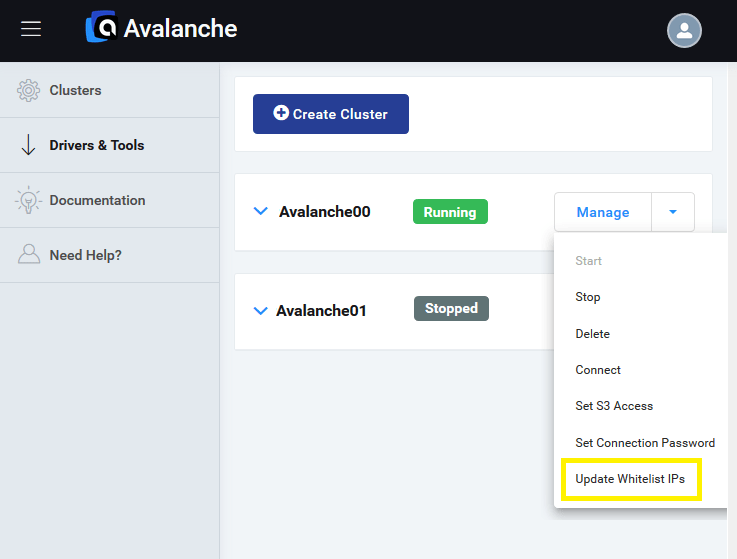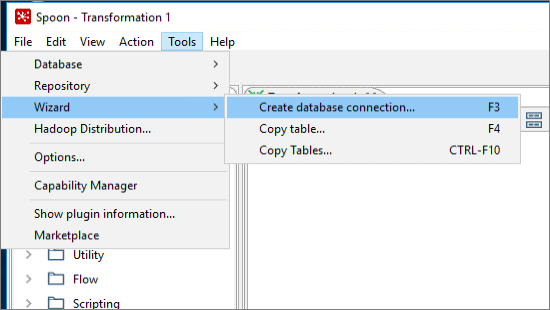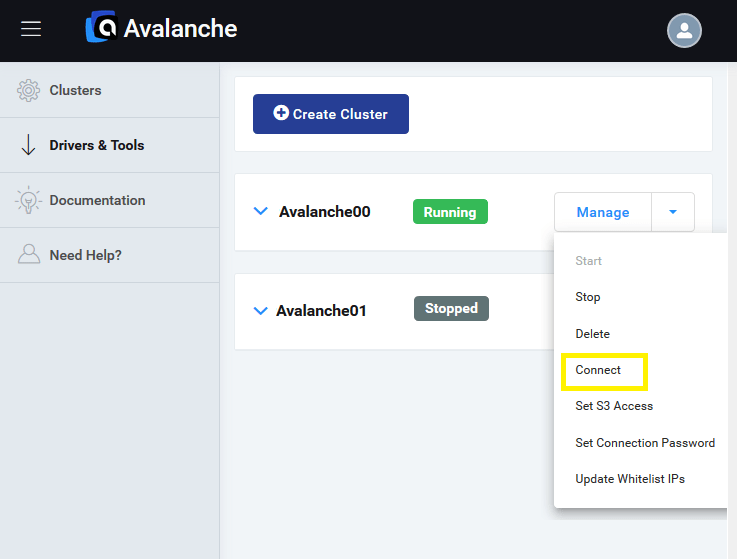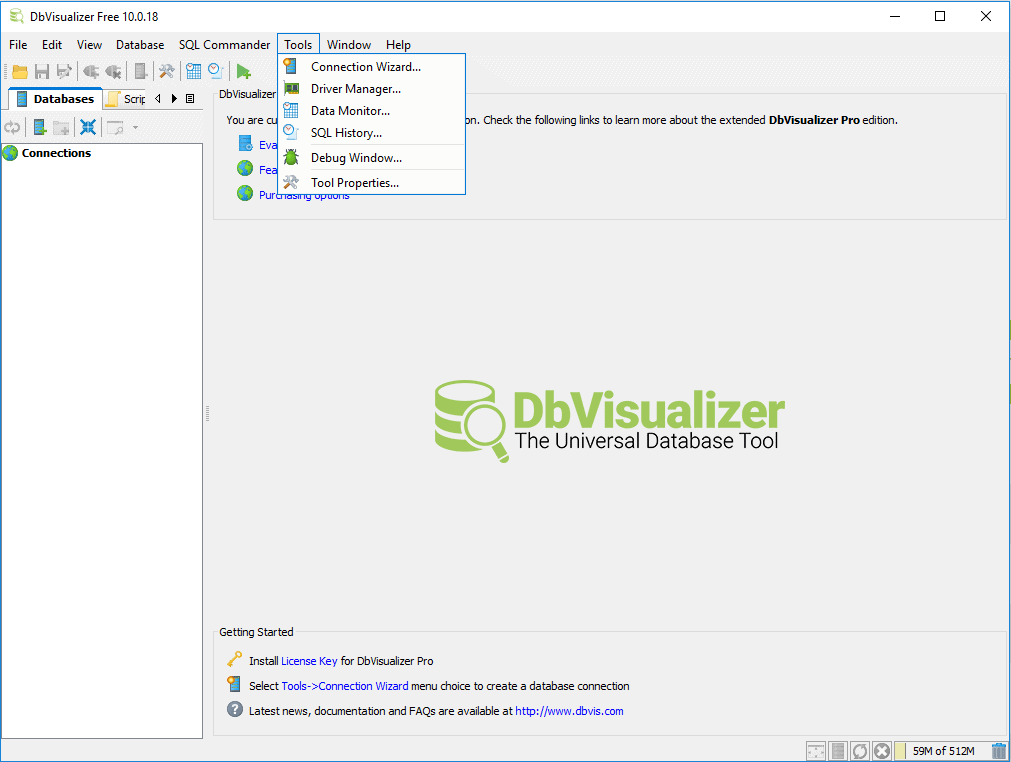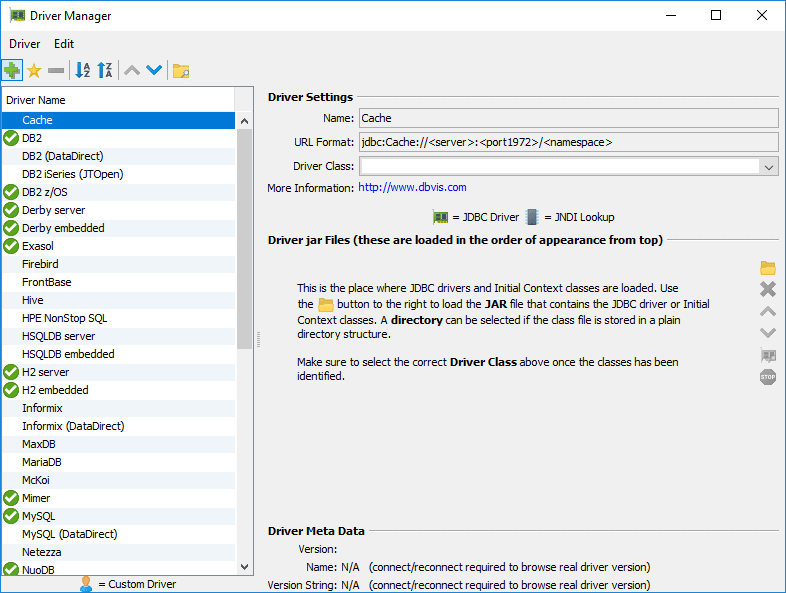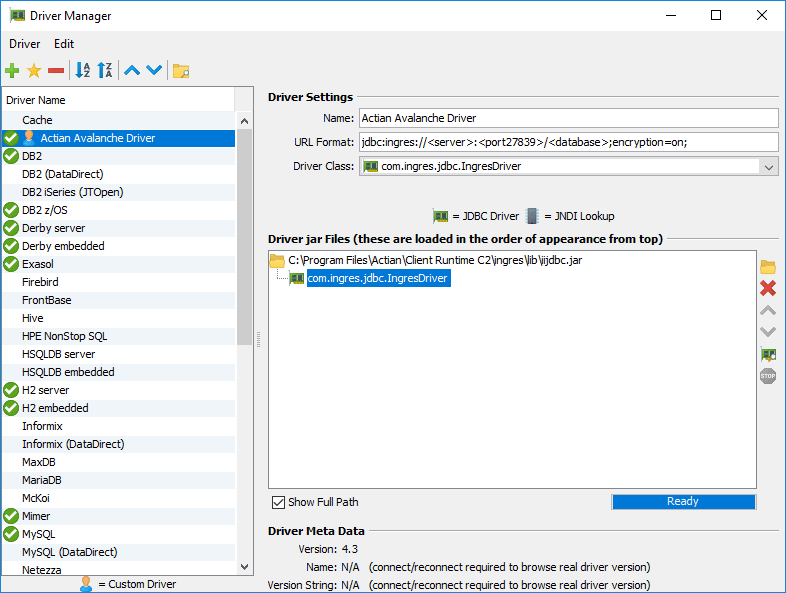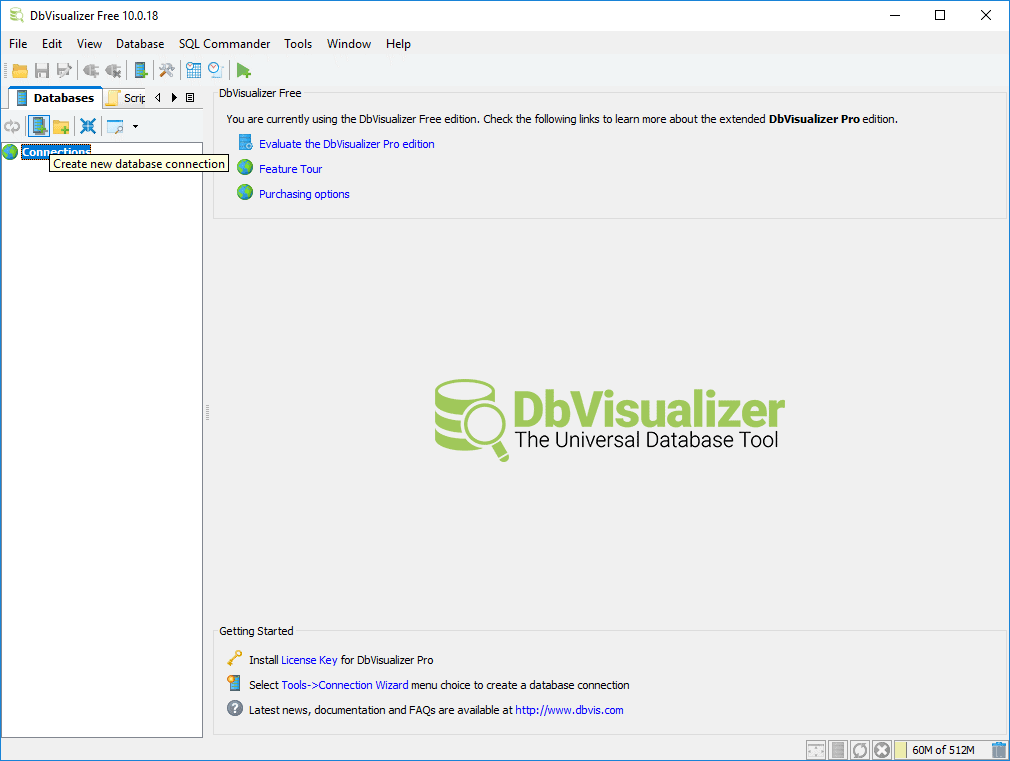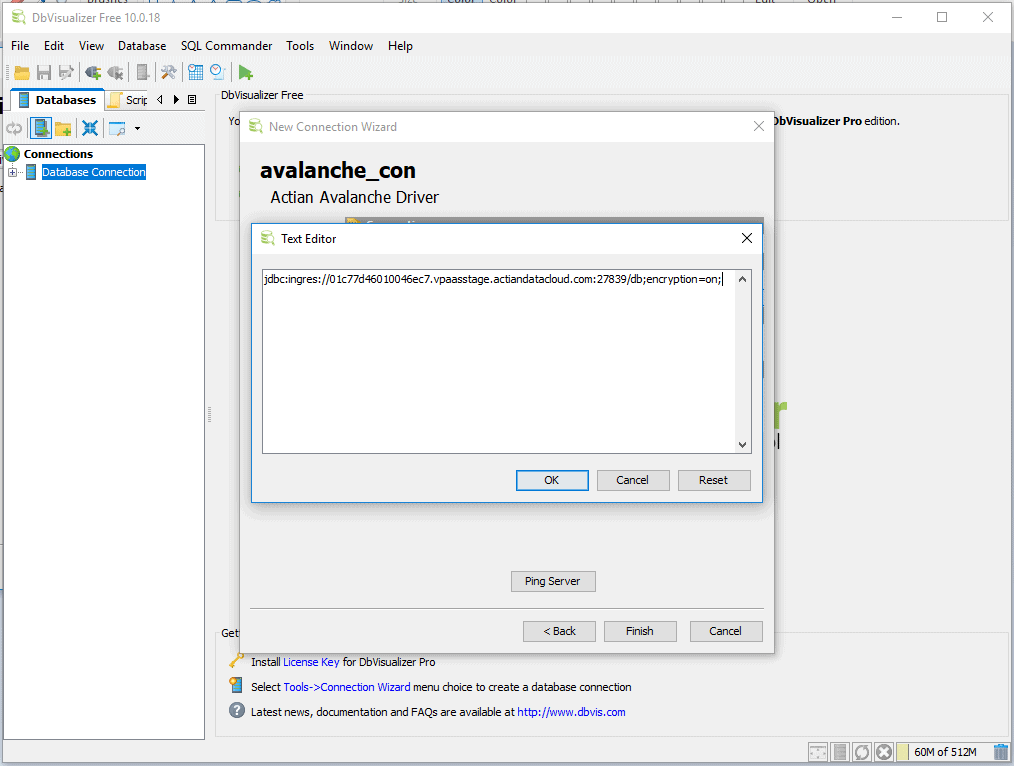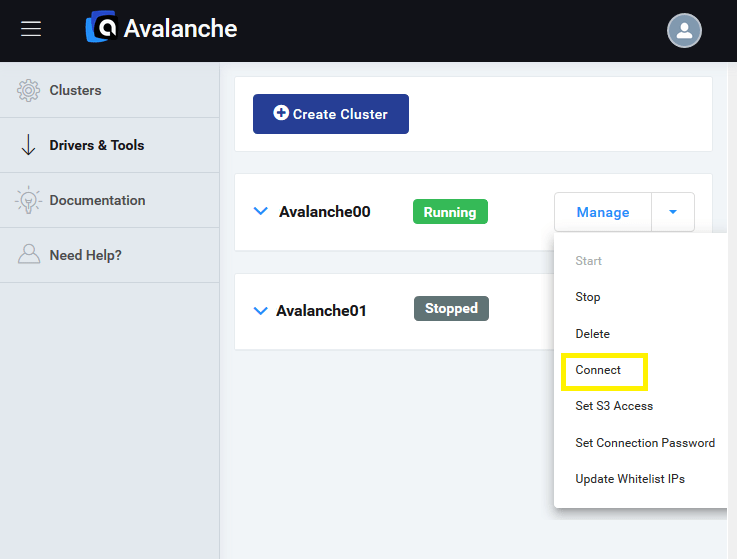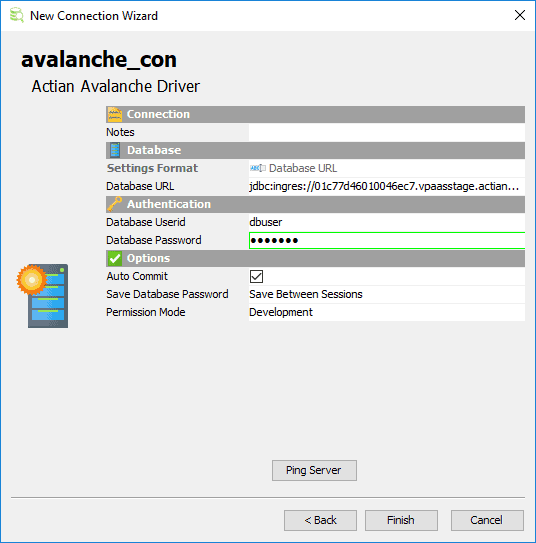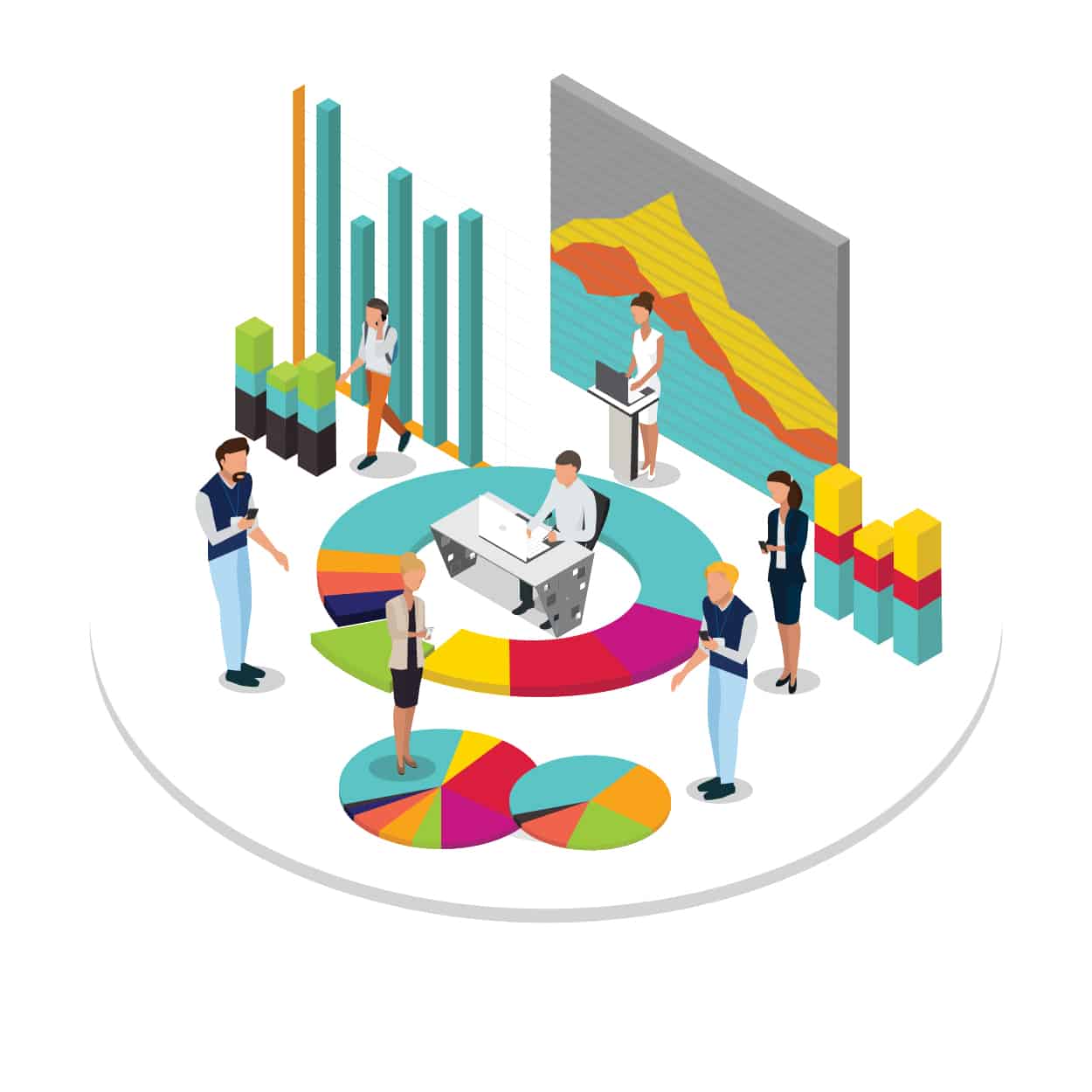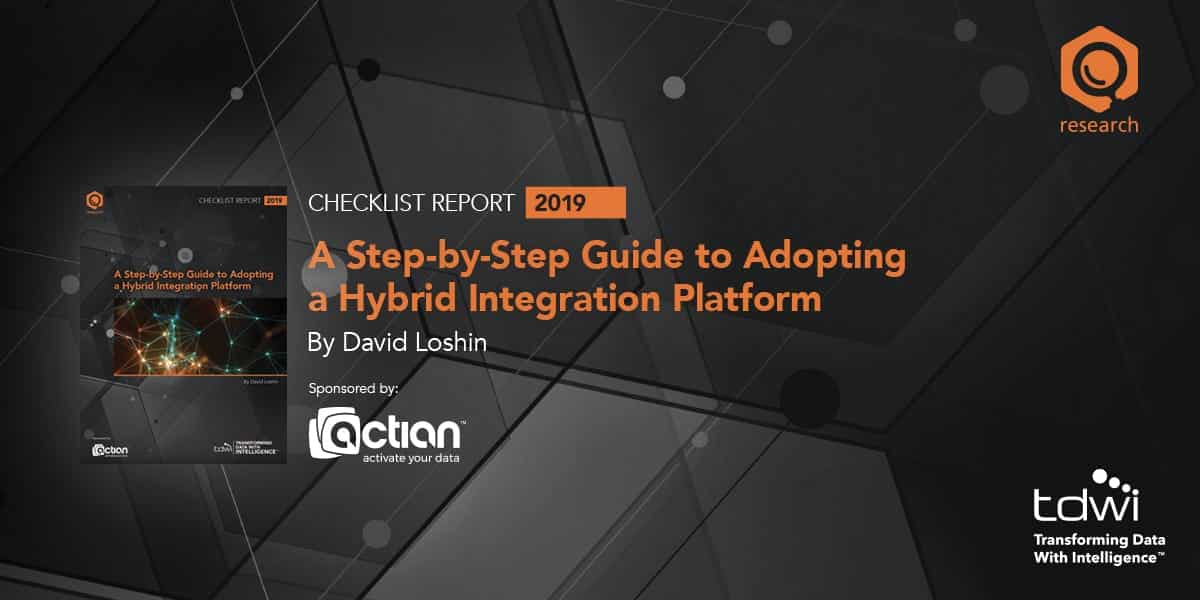Implementing a data warehouse is a big investment for most companies and the decisions you make now will impact both your IT costs and the business value you are able to create for many years.
This concise data warehouse cost/benefit guide will help you understand what to expect, so you can make informed decisions about what solution is best for your company. There are many options available in the marketplace, from on-premises installed solutions that run in your company’s data center to hosted cloud services and Data Warehouse-as-a-Service (DWaaS). The solution you select will determine what costs you incur and what benefits you can realize.
Data Warehouse Cost
Your data warehouse is the centralized repository for your company’s data assets. Data from all of your IT systems will be copied into the warehouse where it can be aggregated, sorted, stored, analyzed and curated into the reports and insights that decision makers and operational staff need, so your business runs smoothly.
The large volume of data created as a result of your day-to-day business operations means your data warehouse is likely to be your largest single IT system (and, perhaps, your most valuable one too). A combination of size, deployment option (on-premises or cloud) and the sophistication of analytics tools that come with the warehouse will drive the cost of your data warehouse. You should plan for these main cost categories:
Setup – These are the costs to acquire and configure the data warehouse solution. If your solution will run on-premises, then setup costs may include, for example, data center hardware, purchase/licensing of solutions and staff or consultants to configure the solution and establish connections with each of your source IT systems. If you are choosing a cloud data warehouse, then you may be able to avoid many of the up-front infrastructure costs, but you are likely to still need staff or contractors to configure the cloud service to integrate into your IT environment.
Data Migration – If you are replacing an existing data warehouse or consolidating data from your current databases, then you will need to migrate data from the old systems into the new warehouse. The migration itself isn’t difficult, but this is often when you discover data quality issues that must be addressed. Both the amount of data you are moving and the amount of remediation that is required to achieve an acceptable level of quality drive data cleanup and migration costs.
Compute and Storage Capacity – If your solution will run on-premises, then you must determine how much storage and compute capacity you will need in advance, so you can allocate your infrastructure investments appropriately. If you are using a cloud data warehouse or Data Warehouse-as-a-Service, then your compute and storage capacity will likely be a combination of a baseline subscription fee, Performance SLAs and the amount of resources your company uses. You should expect these costs to increase during the future (for both on-premises and cloud) as a function of your data volume.
Administration – Data warehouses (whether on-premises or hosted in the cloud) require active administration to: ensure data feeds are processing as expected, monitor analytics batch jobs for errors and manage user access to data. Most solutions include administration tools to assist in these tasks, but you will still need a person to be responsible for overseeing the continuous operations of your data warehouse.
Data Hygiene and Maintenance – This is one of the most overlooked costs of a data warehouse. The value of your company’s realized business insights is directly dependent on the quality of data with which you are working. To maximize your potential value, continuous data maintenance is needed. This includes purging old records, reconciling conflicts among data feeds, refining the data model, validating data for completeness and accuracy, and ensuring data is properly categorized and tagged, so users can find it easily.
In addition to these cost categories, you should also expect costs related to onboarding new data sources, supporting changes to source systems, implementing advanced analytics capabilities, such as AI, and training your user community how to use the data warehouse effectively.
Operational Benefits
The costs outlined above may seem overwhelming and lead you to question whether implementing a data warehouse (or upgrading your current one is a good idea). It is important to consider the value and benefits it will provide your company when assessing the investment choices, as different deployment options yield different levels of benefits. Expect your data warehouse solution to benefit from the following attributes:
Performance – The main reason you are implementing a data warehouse is because you must manage large amounts of data and run resource-intensive queries, but you don’t want the transactional source systems that your company is using for day-to-day business to perform slowly. The data warehouse provides a dedicated environment designed for these resource-intensive activities. Large-scale infrastructure in your data center powers your on-premises solutions, while cloud data warehouses use an elastic-demand model, drawing from a pool of resources to support your storage and processing needs.
Scalability – Your company’s data assets will continue to increase as a result of normal business operations and the impact of digital transformation initiatives on your operations. A data warehouse is one of the best available tools for managing data growth by enabling archival, aggregation and analysis of data from many different data sources. Data warehouses (particularly new cloud-based solutions) are built on highly scalable architectures and infrastructure platforms to enable full-featured data warehouse capabilities to be deployed at a small scale, and then expanded as the company’s needs increase.
Cost Benefits – Cloud-based data warehoused, in particular, provide companies with a number of cost benefits related to IT expense management. Cloud service providers benefit from immense economies of scale and buying power, which means they are able to acquire and manage the underlying hardware your data warehouse uses at much less cost than you could purchase it yourself. The service provider also manages the depreciation of hardware assets, simplifying your company’s ITAM activities. The biggest benefit of cloud-based data warehouses is the avoidance of underutilized capacity with a demand/utilization-based billing model in which your company pays only for the resources you consume rather than paying for much more expensive hardware up front and it sitting idle some of the time.
Resiliency – Data warehouses, both on-premises and in the cloud, provide a layer of resiliency to your company data by maintaining a complete copy of your operational data separate from the source systems. In case of a data breach, hardware failure or disaster scenario, your data is still available. Cloud-based data warehouses have additional resiliency features, including service provider-managed maintenance and security patching and script-based deployment that can be leveraged during a disaster recovery scenario.
Strategic Benefits
Most of the operational benefits of a data warehouse are related to your IT department cost structure, technology assets and overhead required to administer the system. More importantly, data warehouses provide a set of strategic benefits to your company that (although they are difficult to quantify) are very important to consider.
- The Cost of Poor Decisions – Your data warehouse is a decision-support system intended to help your company leaders and operational staff make informed business decisions. Without the data it provides, you are at a greater risk of making potentially catastrophic decisions based on false assumptions.
- The Speed of Insights – Even without a data warehouse, your company likely has all the data building blocks needed to understand what is occurring within your organization. The data warehouse provides a way to mine, refine and harvest actionable insights faster – increasing the amount of time available to realize the benefits from those insights in both exploiting opportunities and mitigating risk.
- Capability to Change in the Future – Your business and IT environment is continuously changing, with new solutions replacing legacy systems, cloud service providers and business processes due to re-organization. A data warehouse provides your company with the capability to isolate your data from the impacts of these changes, maintaining a consistent record of your business, regardless of what people and tools are being used.
The investment in a data warehouse is one of your company’s most important IT decisions. Whether you choose an on-premises solution or a new cloud data warehouse offering, such as Actian Data Platform, your company will benefit from the impacts of this decision for many years. Understanding the costs and benefits related to this decision is essential when making an informed investment that aligns with your company’s data management goals. Learn about the benefits of deploying your own Data Warehouse in the cloud by downloading the Whitepaper here.
About Actian Corporation
Actian empowers enterprises to confidently manage and govern data at scale, streamlining complex data environments and accelerating the delivery of AI-ready data. The Actian data intelligence approach combines data discovery, metadata management, and federated governance to enable smarter data usage and enhance compliance. With intuitive self-service capabilities, business and technical users can find, understand, and trust data assets across cloud, hybrid, and on-premises environments. Actian delivers flexible data management solutions to 42 million users at Fortune 100 companies and other enterprises worldwide, while maintaining a 95% customer satisfaction score.

